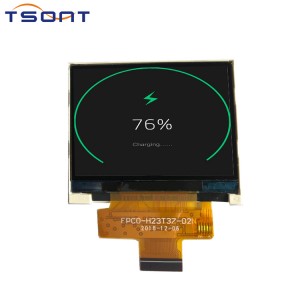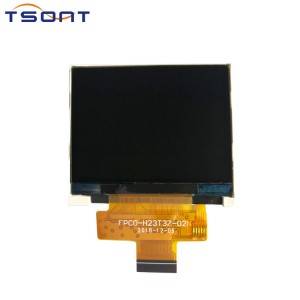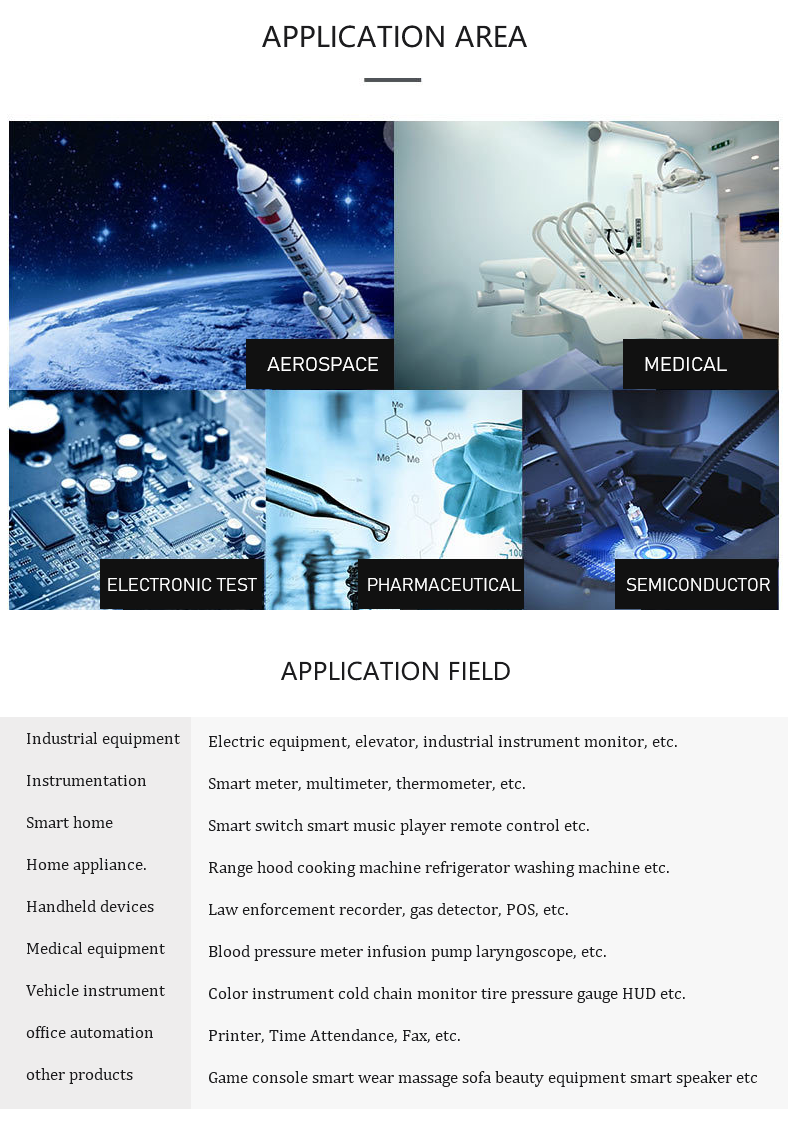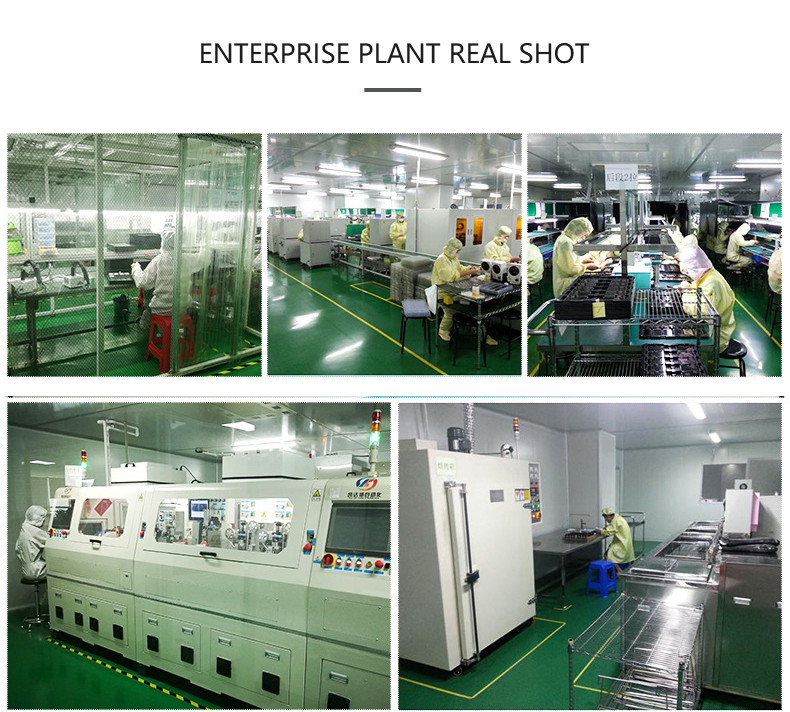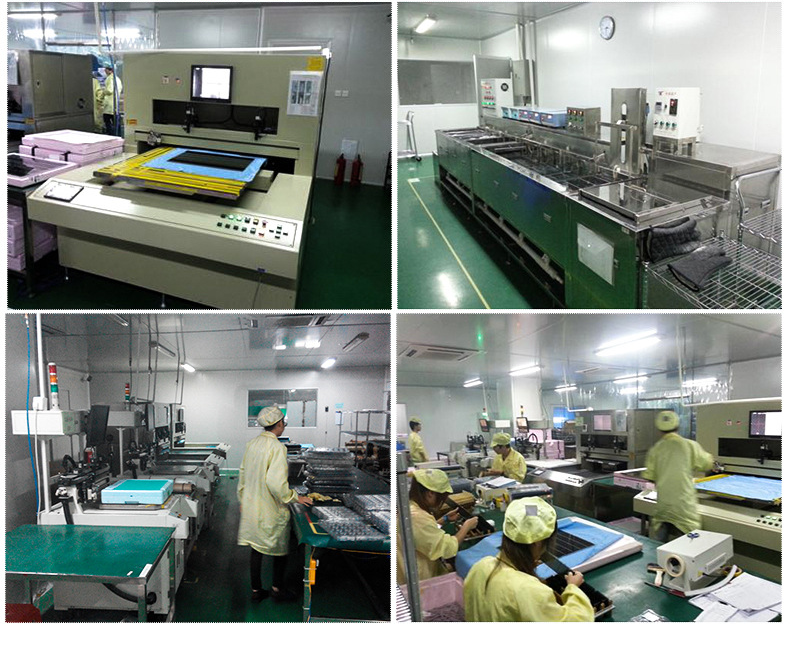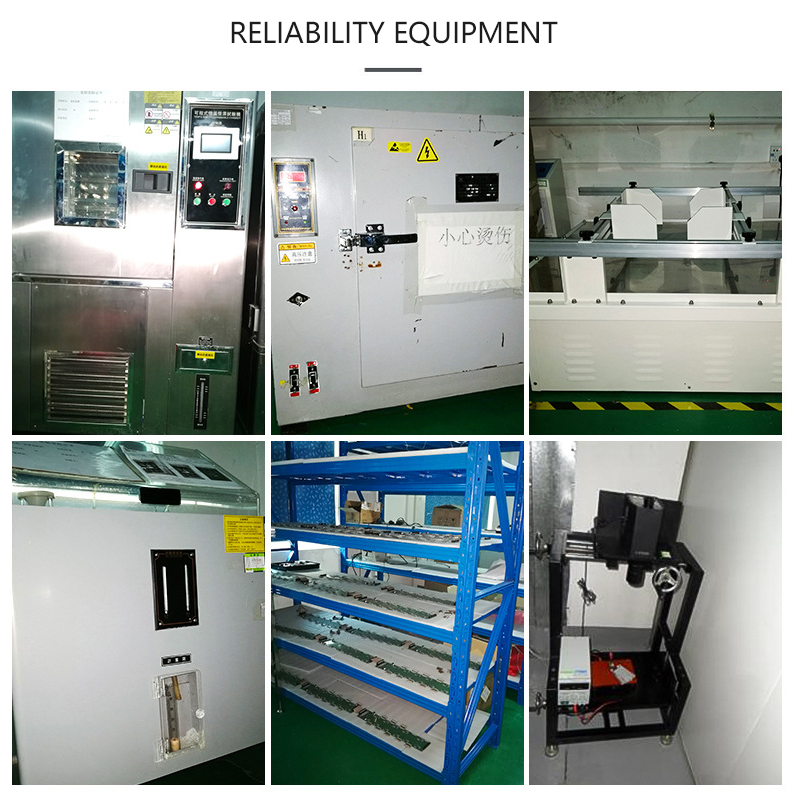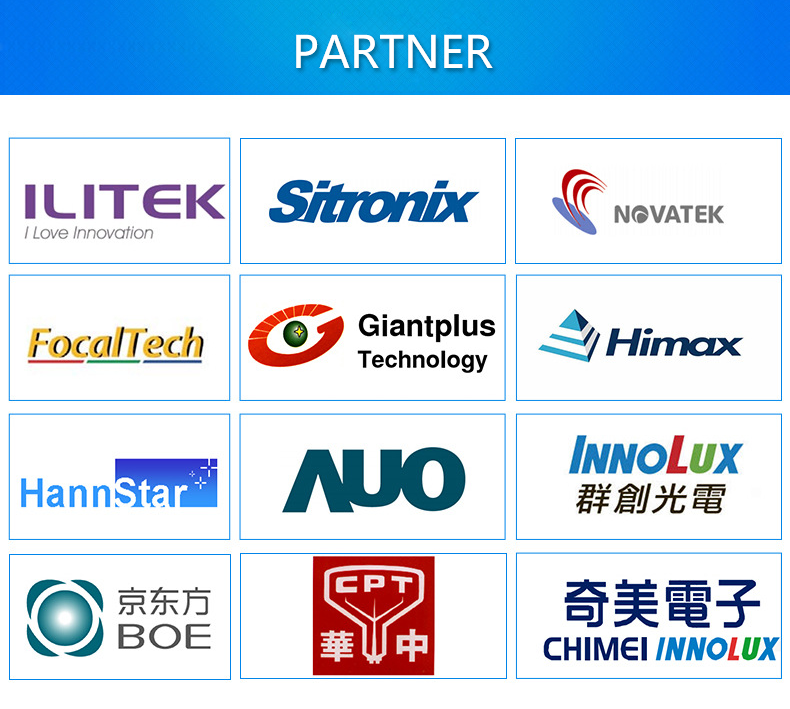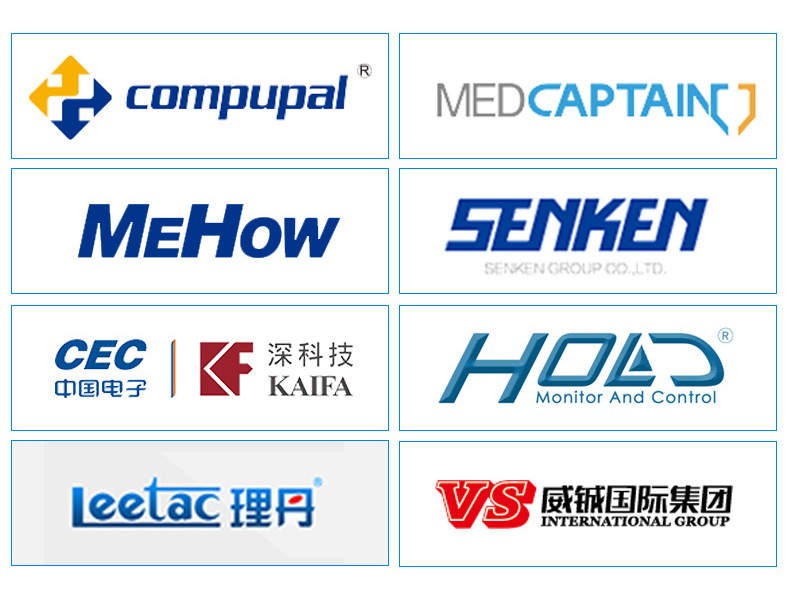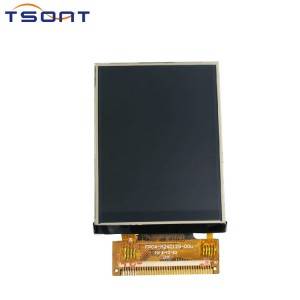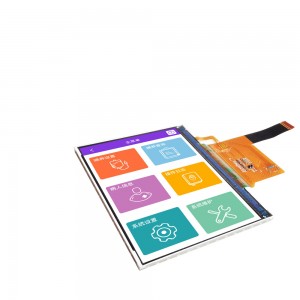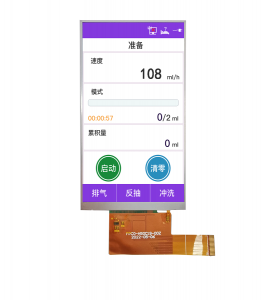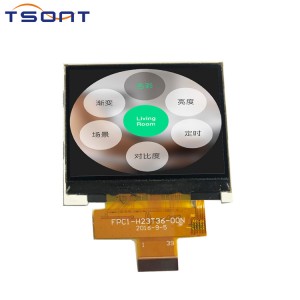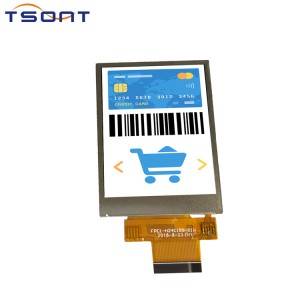| Item | Typical value | Unit |
| Size | 2.3 | Inch |
| Resolution | 320RGB*240dots | - |
| Outling dimension | 51.00(W)*45.80(H)*2.3(T) | mm |
| Viewing area | 46.75(W)*35.06(H) | mm |
| Type | TFT | |
| Viewing direction | 12 O’ Clock | |
| Connection type: | COG + FPC | |
| Operating temperature: | -20℃ -70℃ | |
| Storage temperature: | -30℃ -80℃ | |
| Driver IC: | ILI9342C | |
| Interfce type: | MCU&SPI | |
| Brightness: | 200 CD/㎡ | |
Therefore, the phase transition temperature of the liquid crystal material determines the operating temperature range of the liquid crystal display device. Table 1 shows the relationship between
Relevant liquid crystal material parameters and the characteristics of the liquid crystal display device related to it. Liquid crystal material parameters are mainly clear
Point Tp (temperature transition point from liquid crystal phase to isotropic phase), curing point Ts.N (conversion from nematic phase to smectic phase or solid phase)
Temperature point), optically anisotropic birefringence On, dielectric anisotropy Oε, elastic constant Kn (splayed elastic constant),
K22 (torsional elastic constant), K33 (flexural elastic constant), rotational viscosity y, etc.
| Parameter | Symbol | Typical value | Comments |
| Clearing point | Tclp | 80°C. | Max. operating temperature |
| Smectic-Nematic ltransition | Ts-N | - 40°C. | Min. operating temperature |
| Optical anisotropy | A n=n//-n L | 0.085=1.562-1 .477 | Determines optical behavior |
| Dielectric anisotropy | 0 ε=ε//_ε⊥ | 7=10.5-3.5 | IDetermines behavior in electric field |
| Elastic constants | K11, K22, K33. | 10-11 Newton | Important for response time |
| Rotational viscosity @20°C | Y 1 | 100 mPa s | Important for response time |


